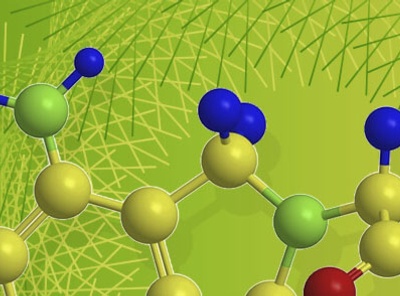
Could hijacking one of the body’s own systems be the key to finding new targets for hard-to-treat diseases? Dane Mohl, Ph.D., scientist at Amgen (Thousand Oaks, CA) believes it may be. With the advent of genomics, drug development has focused on using genetics to identify therapeutic targets, which has led to targets that aren’t necessarily easily drugged through traditional methods. “Letting genetics guide our choices for treating disease means we have to use whatever modalities are available,” Mohl says. “We have to be more creative and that means we need a larger tool box to get to those new targets.”
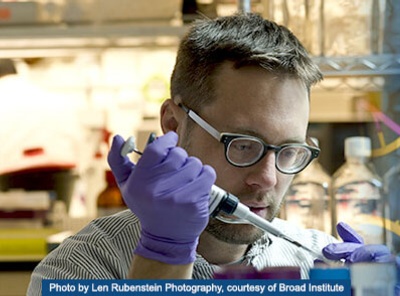
SLAS2019 Conference Co-Chair John Doench, Ph.D., associate director of the Genetic Perturbation Platform and institute scientist at the Broad Institute of MIT and Harvard (Cambridge, MA, USA), believes in collaborative science. That’s why he’s at the Broad, and it is why he’s dedicated to working with others at SLAS to be sure the SLAS International Conference and Exhibition delivers ideas and connections that enable scientists to make a difference.
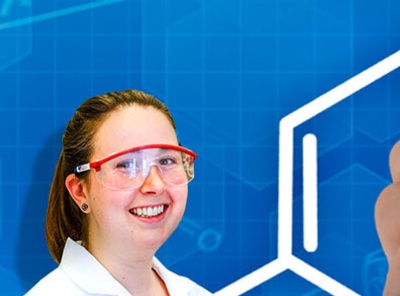
Finding your feet in research sometimes means traveling in unfamiliar territory. For Kelci Schilly, the first SLAS Visiting Graduate Researcher, the journey leads from creating tools to search for extraterrestrial life to diagnostics for disease detection as she expands her growing repertoire of research accomplishments.
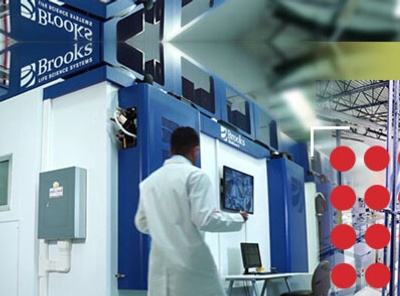
The brisk pace of drug discovery, the introduction of new technology and expanding opportunities for collaboration are rewriting the rules for sample management. Discover how innovative ideas for sample management increase the momentum of drug discovery at the inaugural 2018 SLAS Americas Sample Management Symposium: Moving Samples from Bench to Clinic.
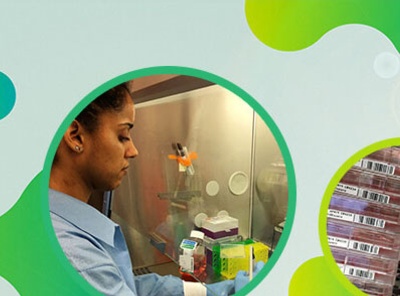
What if there was a more efficient way to select safer drugs to move into clinical development while reducing attrition? How much time and money could be saved and how much energy could be refocused on enabling safe drugs that address unmet medical needs to reach patients more quickly? Clinical Trials in a Dish (CTiD) studies are poised to revolutionize thinking about practical, immediate and near-term applications in the field of drug discovery and development.
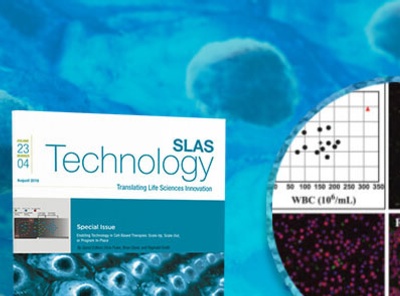
The rapid expansion of T-cell and other cell-based therapies has ignited discussions about how clinicians and researchers harvest, culture, process or directly alter therapeutic cells. The guest editors of a new SLAS Technology Special Issue delve into innovative tools that improve the process by scaling up manufacturing, reducing costs and improving safety.
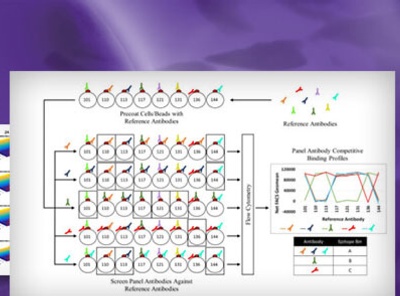
The August 2018 SLAS Discovery Special Issue on High-Throughput Flow Cytometry in Drug Discovery captures recent advances that inform us about the current state of automated workflows, the expanding range of applications and the creativity in some novel assays. The issue is timely as “high-throughput flow cytometry (HTFC) is gaining acceptance and people are using it in innovative ways,” says Co-Guest Editor Bruce Edwards, Ph.D., of the University of New Mexico (UNM, Albuquerque, NM, USA).
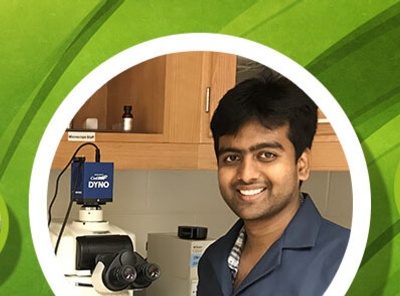
Using surface-enhanced Raman spectroscopy (SERS) to uncover the mysteries of circulating tumor DNA in the bloodstream, an innovative Ph.D. candidate from Johns Hopkins University encourages others to bravely tackle research problems outside their areas of expertise. "You can apply what you know already to answer questions in life sciences."
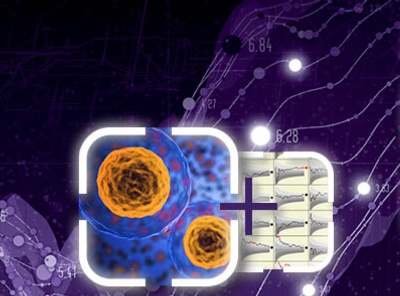
"When biostatisticians and biomedical scientists work together – early and often – the end result is more satisfying science," says Paul Kayne, head of Genomics (Discovery), Bristol-Myers Squibb (Princeton, NJ). And, by satisfying science, Kayne and Robert Nadon, Ph.D., associate professor, Department of Human Genetics at McGill University (Montreal, Quebec, Canada), mean productive and verifiable science that translates effectively to clinical applications.
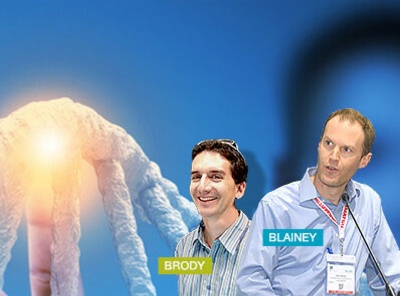
“Biological processes are dynamic; they require dynamic measurements to understand them,” says Yehuda Brody, Ph.D. Brody, a third-year post-doctoral associate in the Blainey Lab at the Broad Institute of MIT and Harvard (Cambridge, MA) who has been visually measuring single cell gene expression kinetics for several years. Now, focusing on mutagenesis process kinetics, he and his colleagues have developed a new method for DNA sequencing that allow them to analyze the flow of mutation accumulation with single cell cycle resolution. Paul Blainey, Ph.D., presented this innovative approach at SLAS2018.
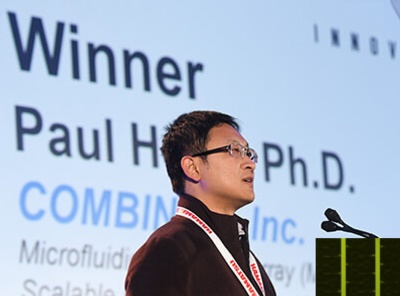
Paul Hung, Ph.D., started out as an electrical engineer, but halfway through his graduate studies at the University of California, Berkeley (UC Berkeley), he switched to bioengineering. “I was fascinated by how many unsolved problems and unlimited possibilities there were in biology and hoped that my engineering expertise could help,” Hung recalls. As a serial entrepreneur, and now the CEO of COMBiNATi, Hung saw “huge potential in field of genomics” and earned the 2018 SLAS Innovation Award for his presentation,“Microfluidic Siphoning Array: A Novel Scalable Digital PCR Integrated Platform.”
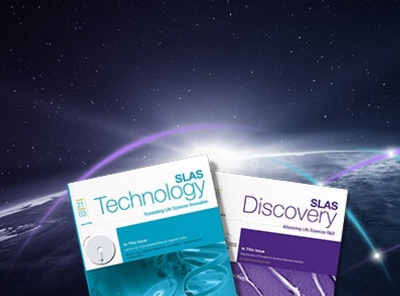
Attention current and prospective SLAS journal authors (which should be everybody reading this!): More than ever before, SLAS Discovery (Advancing Life Sciences R&D) and SLAS Technology (Translating Life Sciences Innovation) help authors by making the submission process faster and easier, boosting the global discoverability of published articles and enhancing recognition for authors and reviewers.
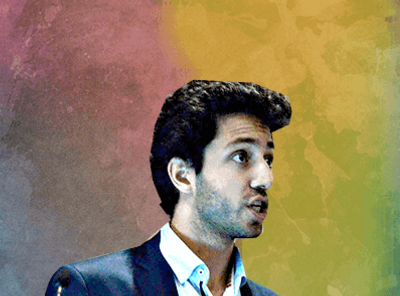
Hugo Sinha, a master’s student in the Department of Electrical and Computer Engineering at Concordia University in Montreal, Canada, is hoping to make automated CRISPR technology accessible to as many cancer researchers as possible. His vision is to “empower all cancer biologists to be able to program their gene editing experiments on their own benchtop instruments.” As one of the youngest presenters at SLAS2018 and an SLAS2018 Tony B. Academic Travel Award winner, Sinha presented his work in a podium presentation “Automating Gene Editing for Deciphering Cancer Pathways Using Microfluidics.”
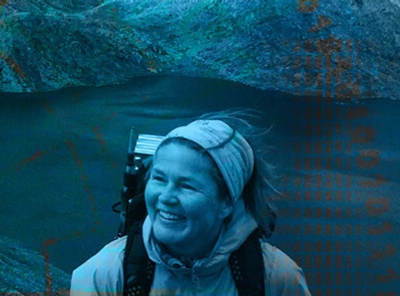
She likes to solve complex research puzzles–those that require matching intellects, instruments and vast laboratory spaces spread across an entire country. She enjoys challenges that involve research reproducibility and those that introduce cutting edge technology. "This is the aspect of science I embrace–the challenges make research more intriguing."
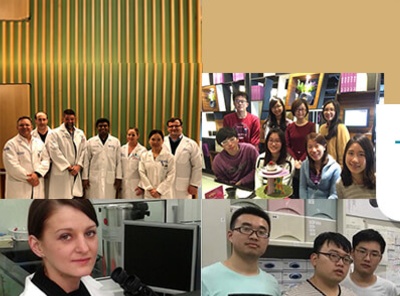
“We are pleased to recognize the innovators behind the 2018 SLAS Technology Ten,” says Edward Kai-Hua Chow, SLAS Technology editor-in-chief (National University of Singapore). “These hard-working individuals from Australia, China, Poland, Singapore, Spain, Switzerland, Taiwan and the United States had breakthroughs in micro-, nano- and digital technologies to improve drug delivery and therapy against a wide range of diseases, from wound healing to cancer. They report great advances in microfluidics, diagnostics, microtechnology, life sciences and biomedical assays and other technologies that are changing the way drugs are developed and evaluated to improve both efficacy and safety.”